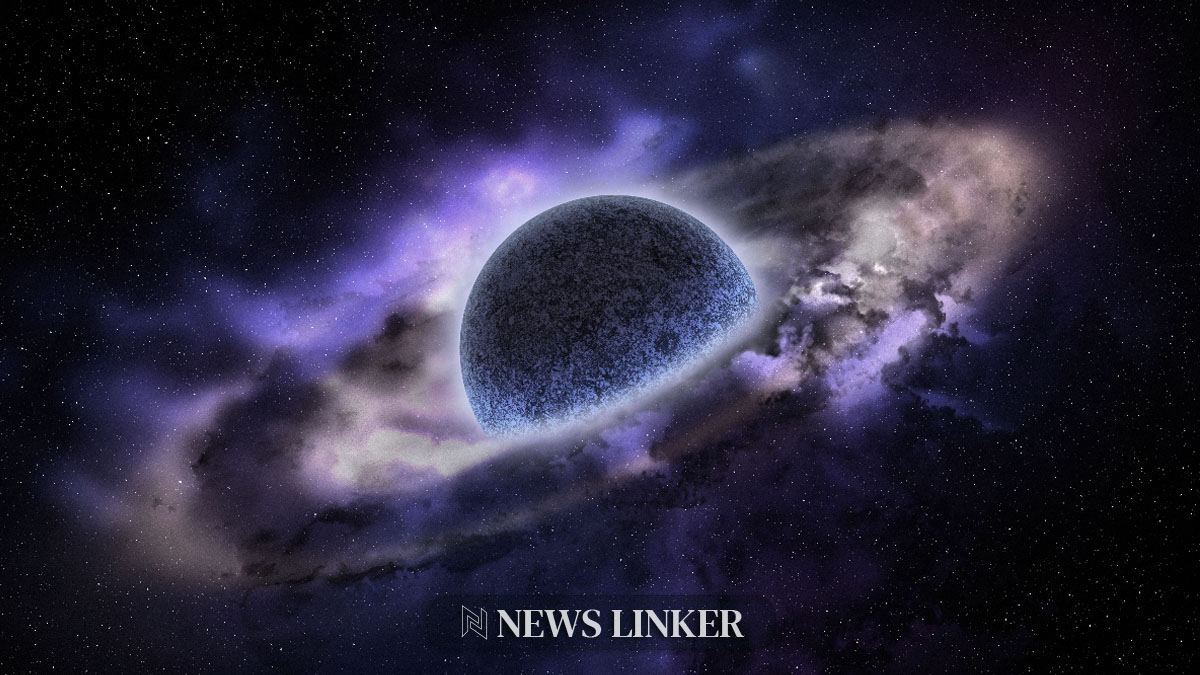The recent launch of the U.S. Peregrine lunar lander was executed without any initial complications, utilizing the new Vulcan rocket for its ascent into space. Despite the seamless launch, the Peregrine lander has started to face operational challenges. Astrobotic, the company behind the spacecraft, is diligently working to resolve these issues to steer the mission back on course.
Historic Lunar Mission Under Threat
Embarking on a historic journey, the Peregrine lander represents the first U.S. lunar surface mission since the end of the Apollo era over 50 years ago. The elation surrounding this milestone is now overshadowed by the technical difficulty affecting the lander’s ability to sustain a stable solar orientation, critical for its operation. The Astrobotic team is actively troubleshooting and promises updates as they process and analyze incoming data.
Urgent Repairs Underway to Salvage Mission
Astrobotic faces the task of ensuring that the lander’s solar arrays can generate the necessary energy, a function currently jeopardized by the lander’s problems. Fortunately, there is a window of opportunity, as the Peregrine is not scheduled to commence lunar orbit until about two weeks from now, allowing engineers time to diagnose and repair the malfunction.
The issue arises after the successful launch of the Vulcan Centaur rocket, which represented a significant and high-risk phase of the project due to its inaugural use. The Vulcan rocket’s introduction is seen as a potential competitor to SpaceX, marking a significant development for other companies and agencies aiming to embark on space missions.
The Peregrine mission, eagerly anticipated as one of 2024’s most thrilling space endeavors, aims to make history by landing a remarkable spacecraft on the Moon. The payload includes scientifically intriguing and somewhat controversial human remains. The success of this mission hinges on Astrobotic’s ability to rectify the current complications with the Peregrine lander.










